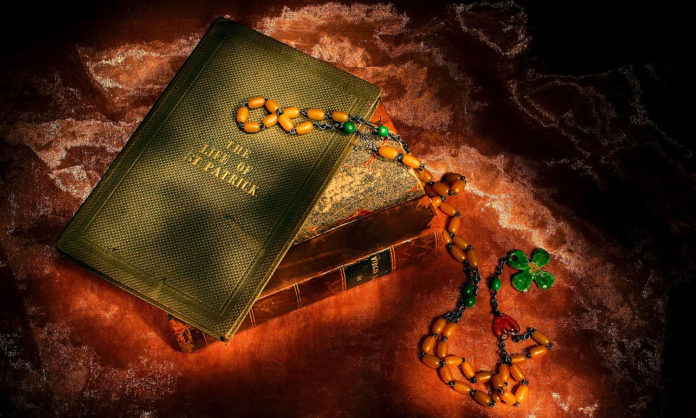
In a post on Writers in the Storm, Eldred Bird examines the difference between writing about factual history and legend. “Most myths, legends, and heroes have their roots in actual people and events,” he says. For example, while St. Patrick was a real person, almost nothing about the folkloric St. Patrick is historically accurate.
Many of the changes to old stories can be attributed to the way they were passed down – by oral storytellers. “As stories were passed from one generation to the next by the elders, details were lost, added, or embellished,” Bird notes. An ordinary person might be portrayed more heroically or a hero might become a villain. Storytellers – including modern writers – take artistic license with their subjects to make them more interesting. Historic texts also have their share of propaganda. The person telling a story will often slant it to suit their prejudices.
So how can you tell what’s truth and what’s fiction? Bird suggests reading multiple accounts of the same story and finding the common threads. “If you pull on the threads that are shared by the majority of accounts, you are more likely to be closer to the truth in the end,” he writes. He also suggests looking for what’s missing. “What the authors of the historical accounts chose to include and exclude may tell you more about society at the time the piece was written than the event itself,” he adds.











